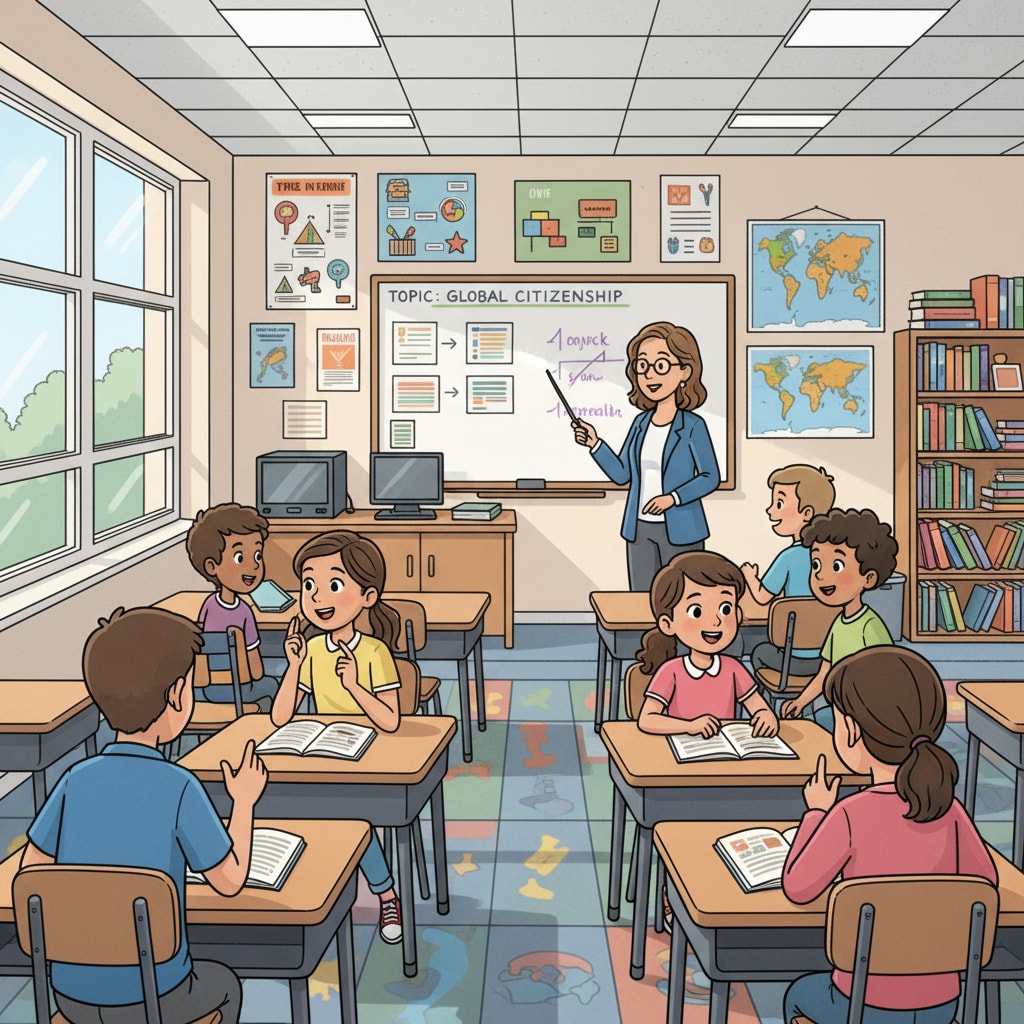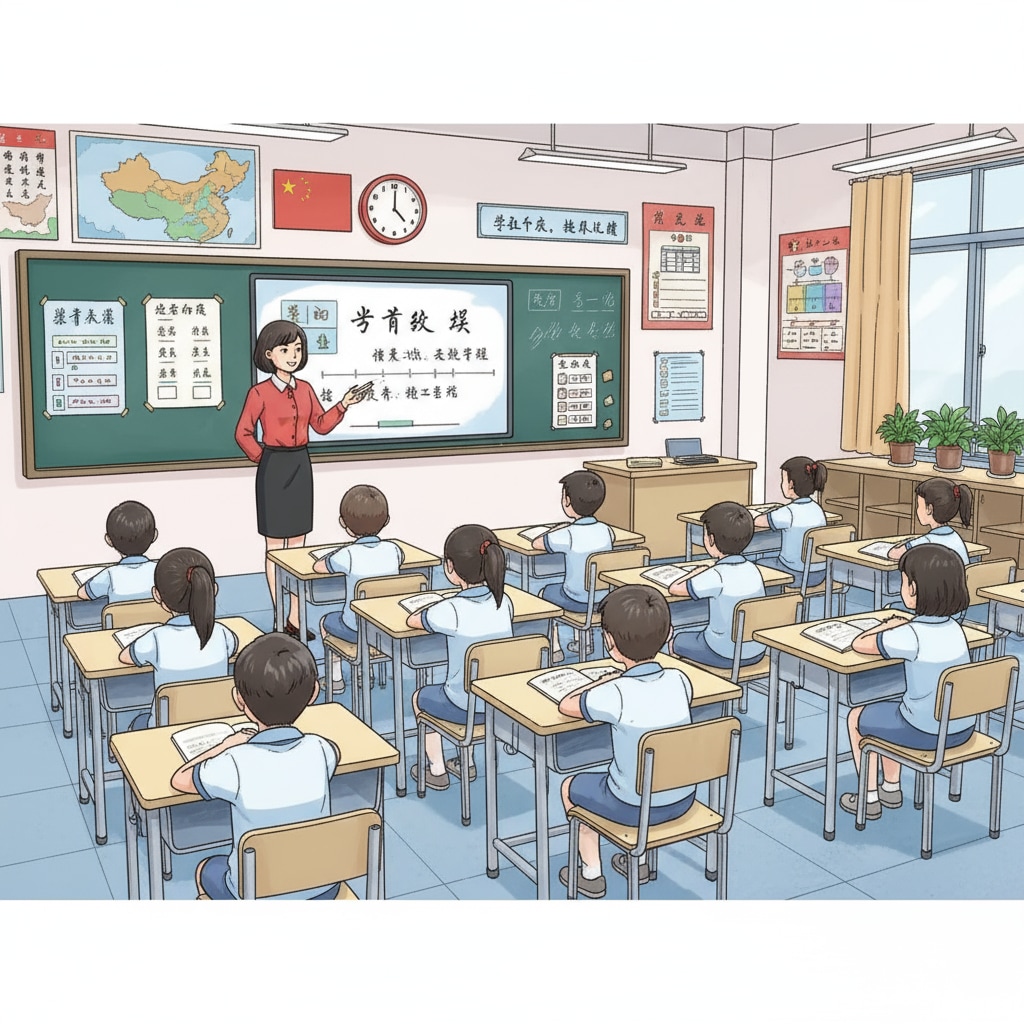Education systems, cultural differences, and learning pressures are crucial aspects when comparing the educational landscapes of the United States and China. The K12 education systems in these two countries have distinct characteristics that shape the learning experiences of students.

Teaching Philosophies: A Contrast
The teaching philosophies in the US and China vary significantly. In the United States, the focus is often on student-centered learning. Teachers encourage students to think independently, ask questions, and explore their interests. For example, in a science class, students might be given a project to design and conduct their own experiments. This approach fosters creativity and critical thinking skills. According to Education in the United States on Wikipedia, the American education system values individualism and self-expression.
In contrast, the Chinese education system places a strong emphasis on rote learning and memorization. The goal is to ensure students have a solid foundation in core subjects such as mathematics, science, and language arts. Teachers play a more directive role, transmitting knowledge to students. This method helps students master fundamental concepts quickly. However, it may limit students’ ability to think outside the box. As Education in China on Britannica states, the Chinese education system is deeply influenced by Confucian values, which stress respect for authority and traditional learning methods.

Learning Environments: Different Worlds
The learning environments in the US and China also differ greatly. In American schools, the atmosphere is generally more relaxed. Classrooms are often equipped with modern facilities, and students have more opportunities for group work and extracurricular activities. These activities help students develop social skills and a well-rounded personality. For instance, students can join clubs related to sports, music, or art.
In China, the learning environment is more structured. Students spend long hours in school, attending classes and doing homework. The competitive nature of the education system, especially when it comes to college entrance exams, creates high learning pressures. However, this also motivates students to study hard and achieve academic excellence.
Both the US and Chinese education systems have their own strengths and weaknesses. By understanding these differences, educators and policymakers can consider ways to integrate the best practices from both sides. This could lead to a more balanced and effective education system that nurtures students’ full potential, taking into account education systems, cultural differences, and learning pressures.
Readability guidance: The article uses short paragraphs to present clear ideas. Each H2 section provides a list of key points. The passive语态 is used minimally, and transition words like “however” and “in contrast” are used to enhance the flow of the text.


